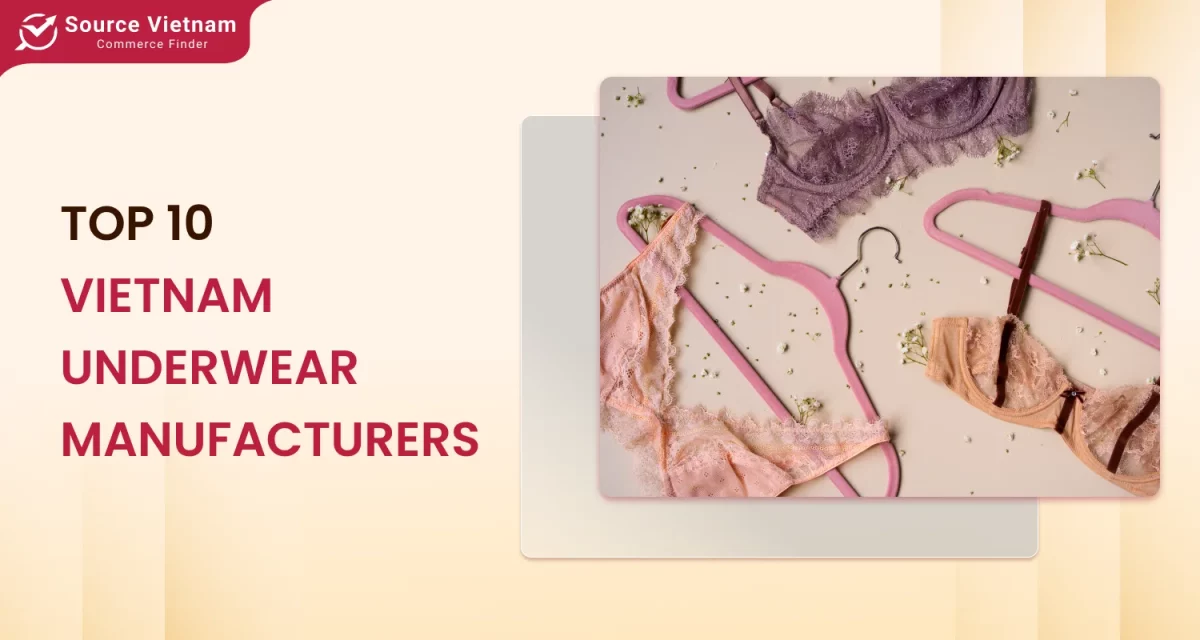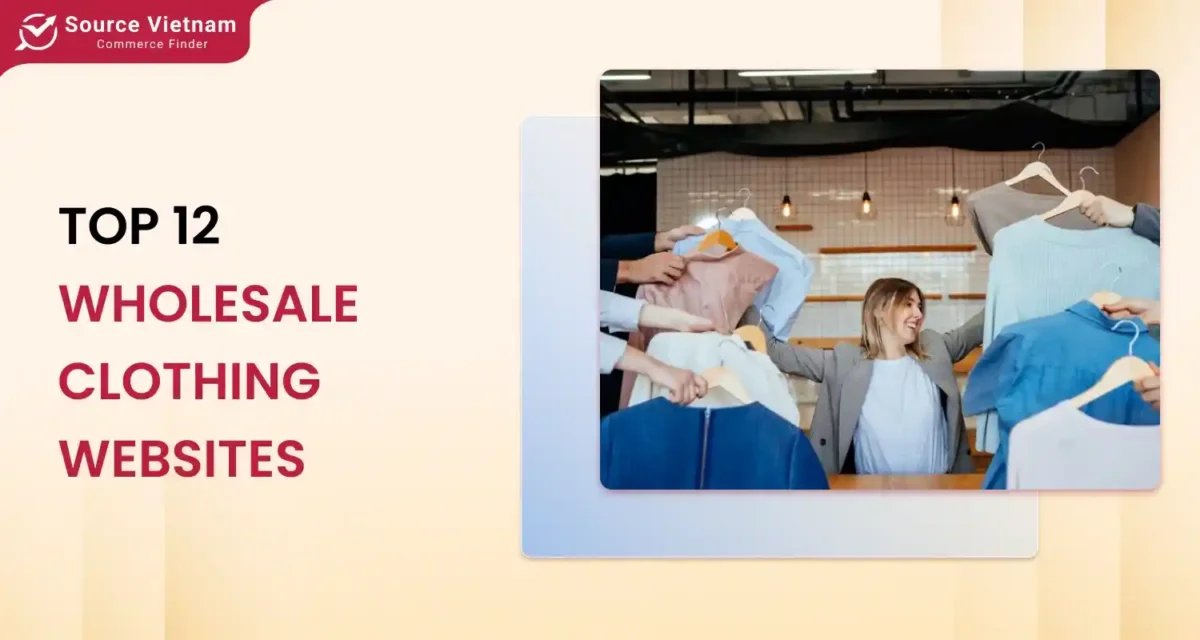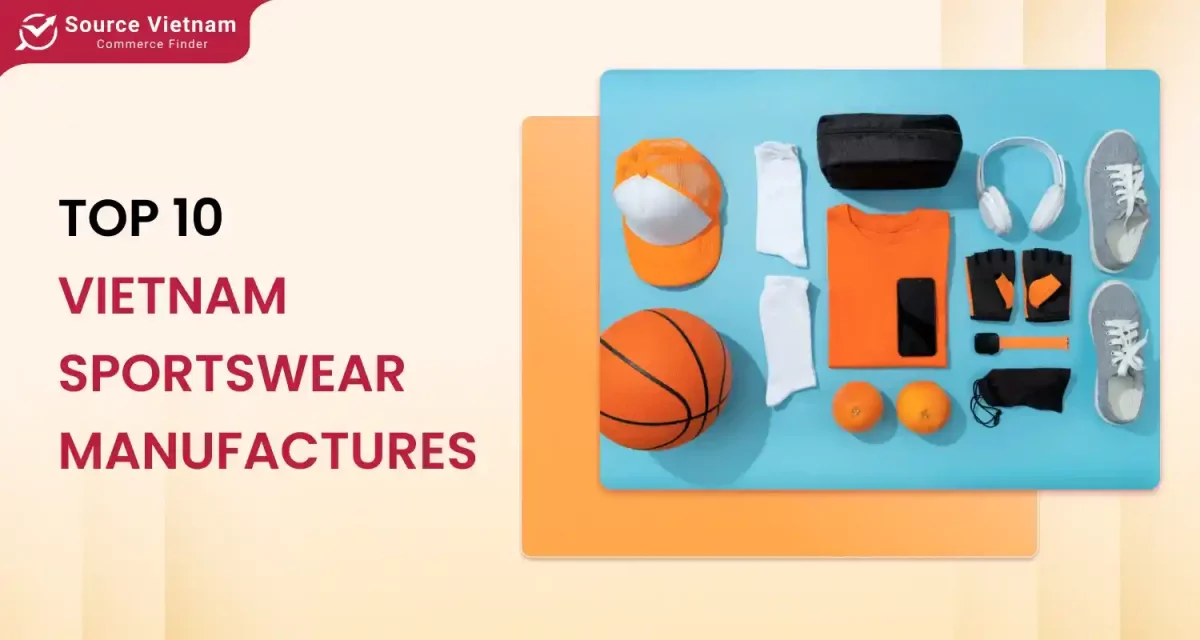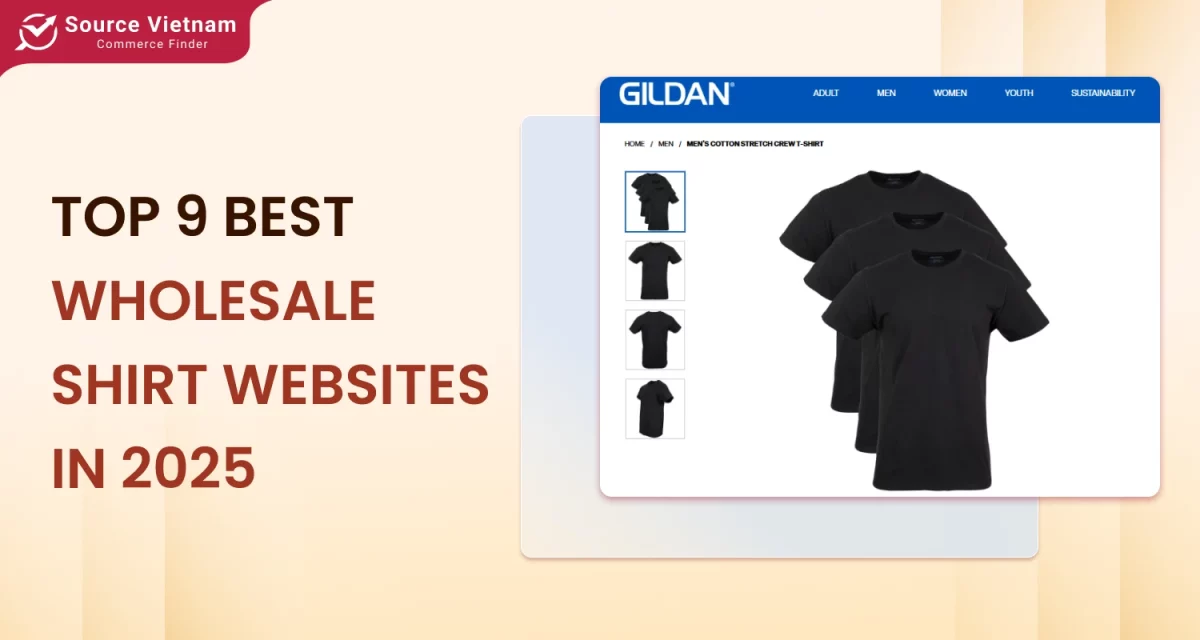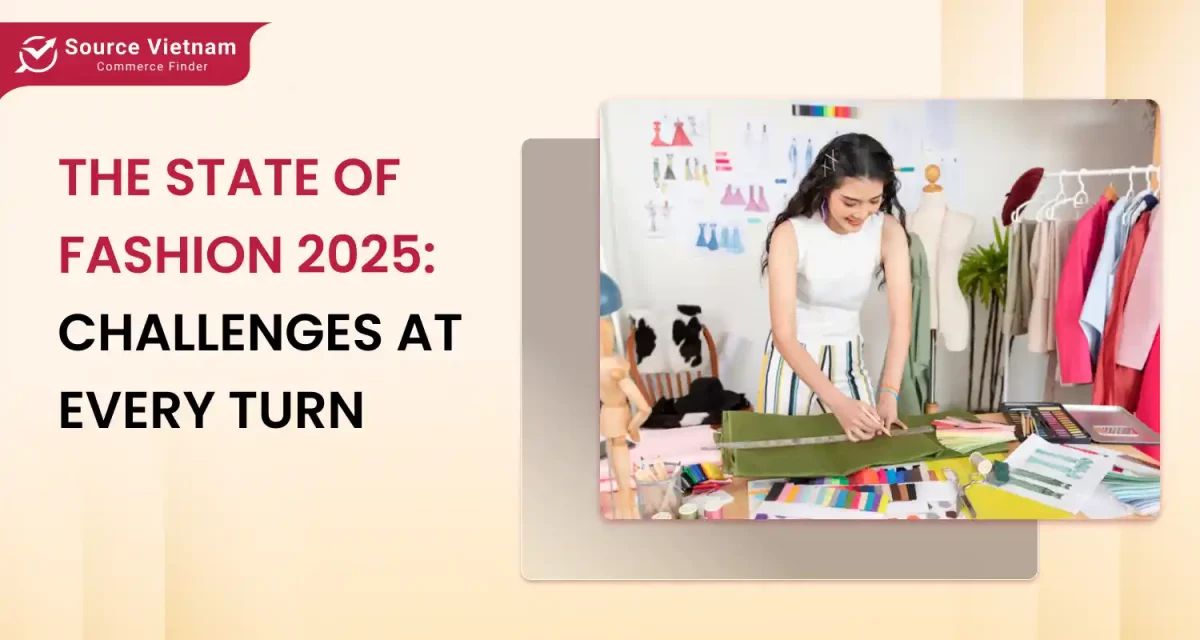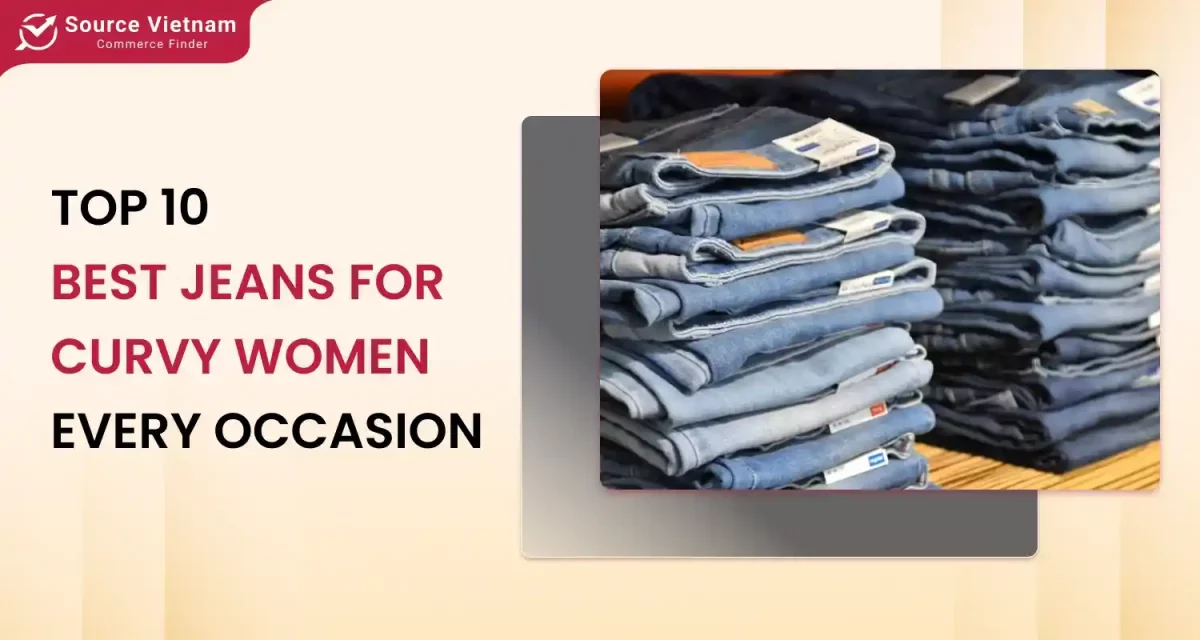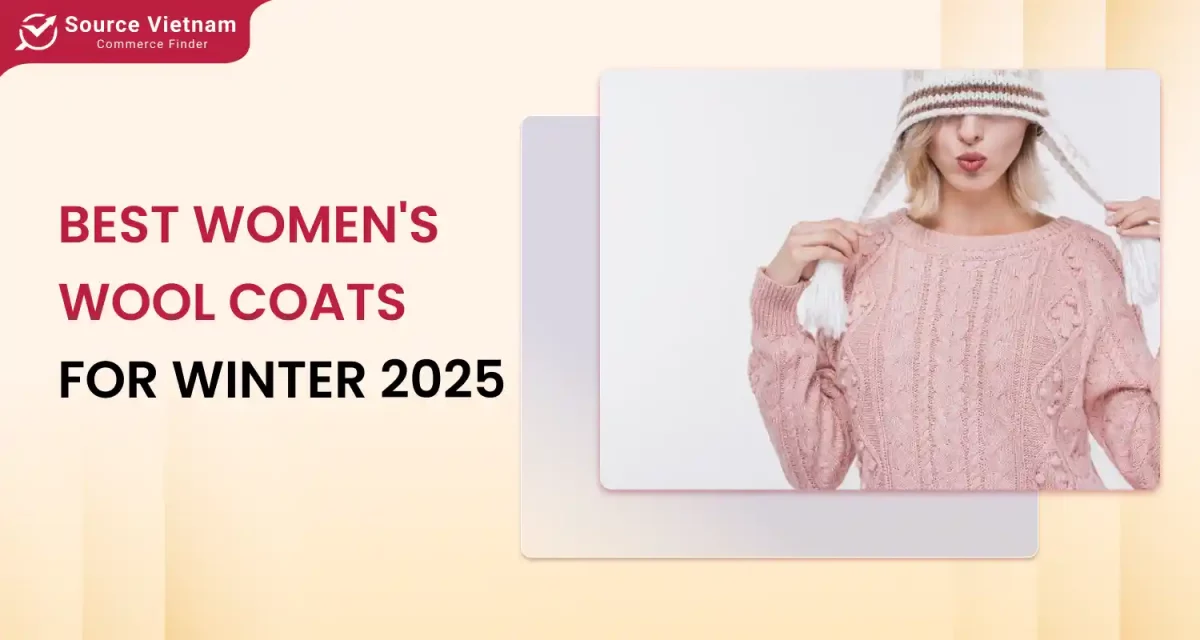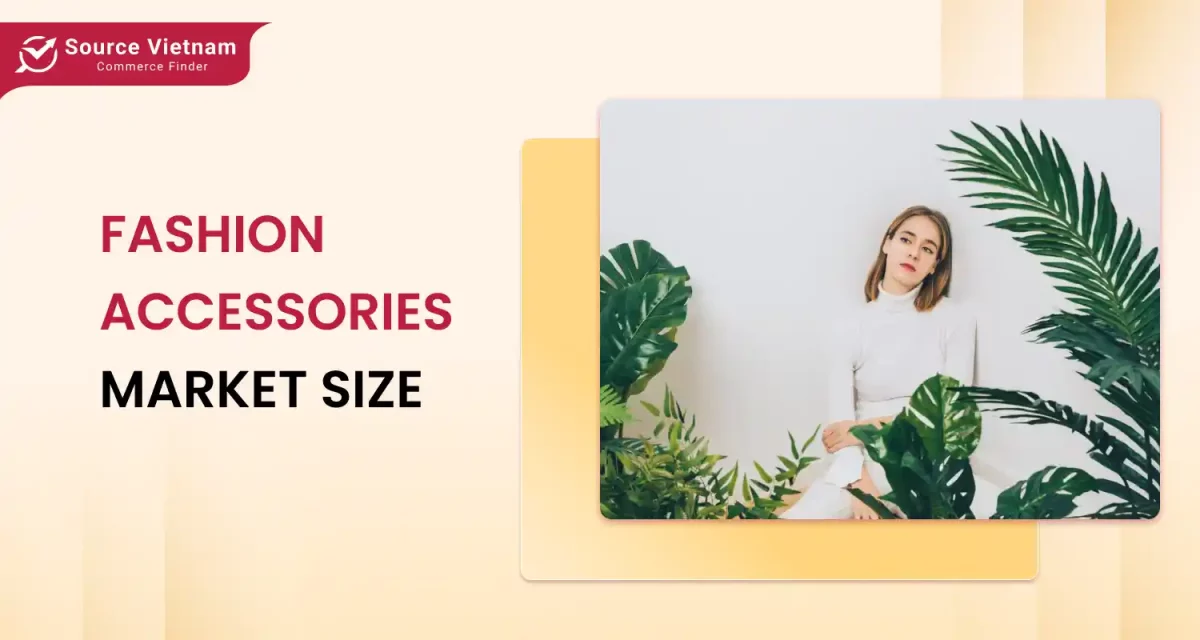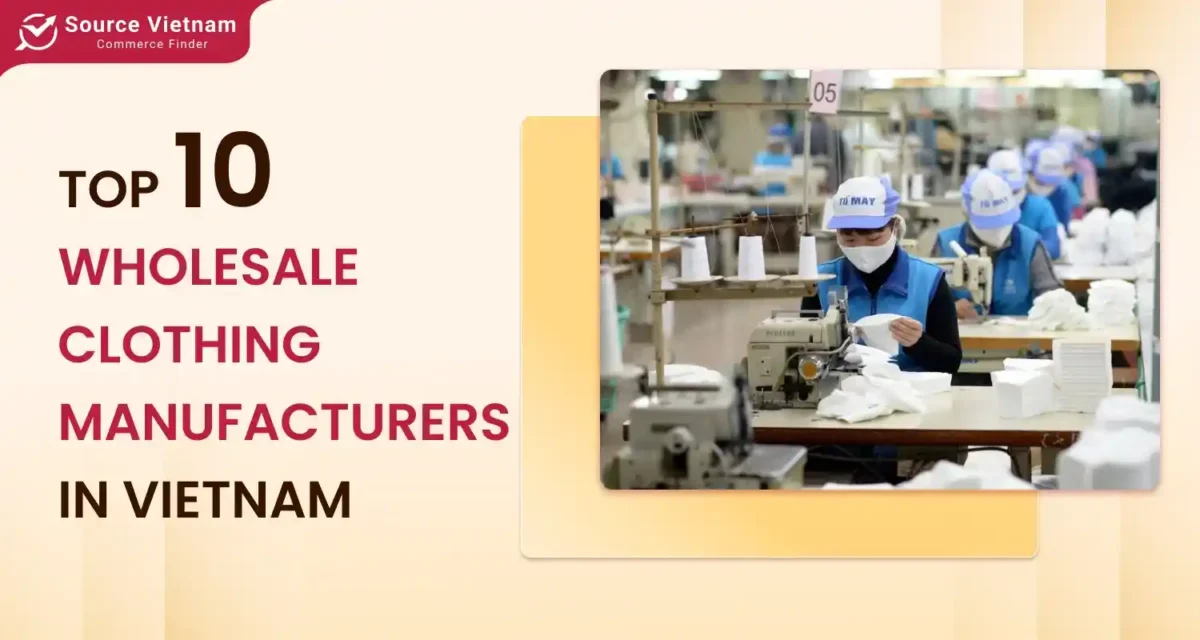A recent EU directive prohibiting the destruction of unsold footwear and textile products has profoundly impacted the business strategies of many brands and retailers in the region.
The background to the creation of this new law
Why does this new law exist? In a rapidly growing fashion industry that attracts many customers, it also causes significant negative environmental impacts. Some of these impacts include high water consumption, the use of toxic chemicals, and especially the disposal of a massive amount of waste. Each year, a significant amount of wholesale apparel clothing is discarded, putting immense pressure on the environment. Such actions not only waste resources but also have a negative impact on the environment.
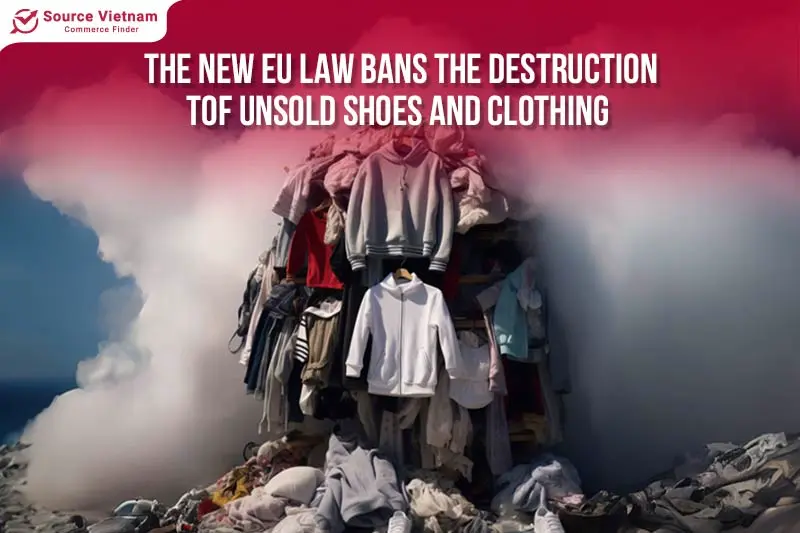
A concrete example is Burberry, which in 2018 became the center of public attention when it burned and destroyed most of its out-of-fashion designs worth tens of millions of dollars. This news outraged many investors and consumers. However, this is a common practice in the fashion industry. After this wave of criticism, the British fashion house announced that it would stop this practice from 2019 onwards.
The destruction of unsold inventory (even unused rolls of fabric) is common among luxury brands. In early 2020, France banned fashion and luxury companies from destroying unsold or returned goods.
In March 2023, the European Commission (EC) also issued a draft regulation on eco-design for sustainable products (ESPR) to promote recycling and reuse of consumer products across the bloc.
The enactment of the new law
The introduction of the new regulation, proposed by the European Commission a year ago, sets stricter product standards, emphasizing durability and recyclability. This new decision aims to reduce waste and promote sustainable consumption in the context of the fashion industry’s significant environmental impact.
The new Ecodesign for Sustainable Products Regulation builds on the existing Ecodesign Directive, which previously only applied to energy-related products. However, this new regulation is now designed to improve environmental performance, energy efficiency, and sustainability in products.
This is aimed at better protecting the environment. Products covered by this ban will include textiles and footwear placed on the EU market.
Key provisions of the new law
Ban on the destruction of unsold footwear and clothing: The law mandates that businesses find alternative solutions such as recycling, reuse, or donation for unsold items.
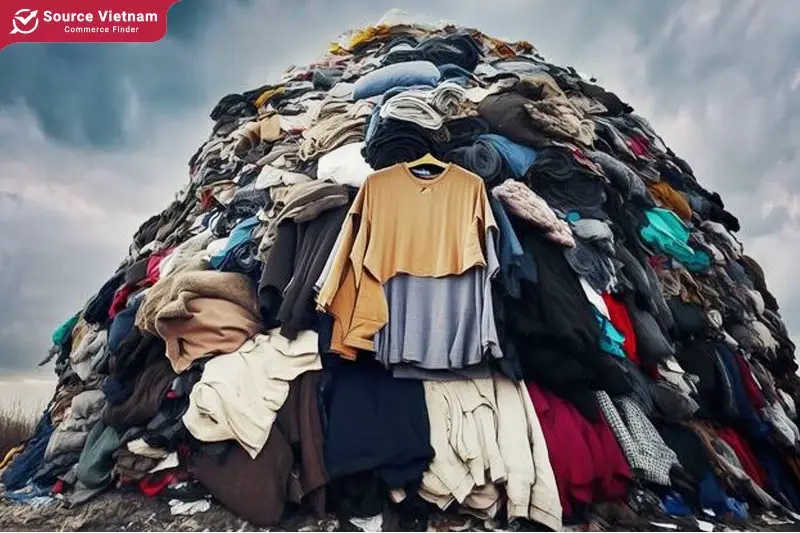
- Explicit prohibition of the destruction of unsold textiles and footwear: The new law explicitly prohibits the destruction of unsold textiles and footwear and will be enforced two years after its entry into force. Medium-sized companies will be granted a six-year exemption, while smaller companies are fully exempt from the ban.
- Definition of small enterprises: Small enterprises are typically defined by the number of employees (less than 50) and turnover or balance sheet (less than 10 million euros in turnover or 10 million euros in balance sheet).
- Potential expansion of the ban: The European Commission, as the EU’s executive body, has the authority to extend this ban to include other unsold goods beyond clothing and footwear. This pioneering approach reflects the EU’s commitment to addressing broader sustainability challenges. According to MEP Alessandra Moretti, it is time to end the harmful “fast fashion” model that damages health, the economy, and the planet.
Therefore, according to this new law, new products will be designed to benefit everyone, be sustainable, and protect the environment. Additionally, the law will impose specific requirements on essential consumer goods to increase product durability, focusing on products with a significant impact, including clothing, footwear, mattresses, and electronics.
Moreover, goods will be sold with a “digital product passport” such as a QR code to help consumers make informed choices. Under this new law, companies will be required to report annually on the number of products they have disposed of and the reasons. However, the EU will encourage businesses/stores to minimize such actions.
Opinions surrounding the new law
The EC has highlighted the destruction of unsold or returned products as a growing environmental concern, particularly given the rapid growth of online sales. While the EC does not propose an outright ban on the destruction of unsold clothing, it mandates that all large companies report on the quantity of disposed inventory.
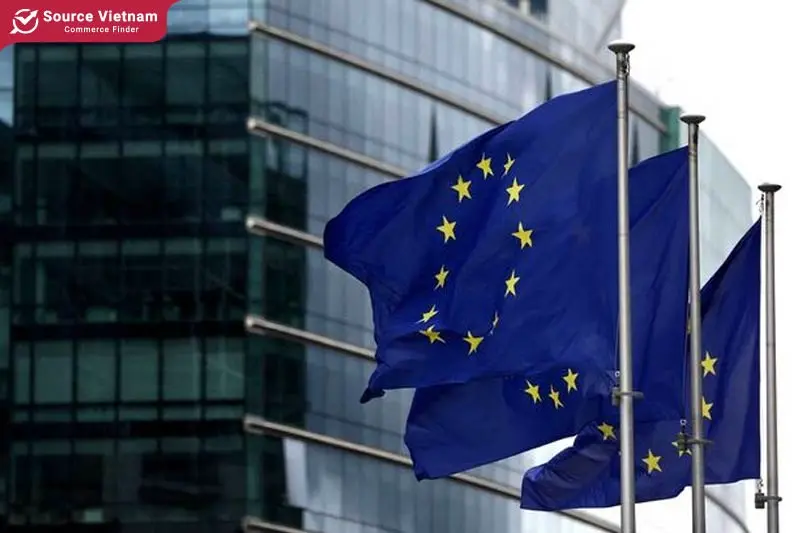
Several EU member states have advocated for a more stringent approach: a ban on the destruction of unsold “clothing or clothing accessories”. This is an attempt to reduce waste and pollution in the textile industry, which contributes 20% of the EU’s greenhouse gas emissions. However, textile industry leaders and some businesses argue that excessive environmental regulations risk stifling European economies.
As reported by the Financial Times, earlier this week, countries such as Sweden, home to fashion giant H&M, called for the removal of the proposed ban from the ESPR, but were unsuccessful.
France, Germany, and the Netherlands were among the EU member states pushing for the inclusion of this proposal in the ESPR. “This proposal aligns well with the EU’s goals on recycling and environmental targets. I don’t think this will be a burden on businesses,” said an EU diplomat.
How businesses need to change their operations with this new law
The reality is that inventory is a burden for retailers. According to Eluxe Magazine, the disposal or storage of excess inventory costs US retailers approximately $50 billion annually.
On a global scale, this cost is significantly higher. Bridget Veals, General Manager of Women’s Apparel, Footwear and Accessories at luxury department store David Jones, said many retailers are now adopting more sustainable purchasing practices to reduce end-of-season surplus.
For instance, excess inventory is categorized into groups: some is sent to Thread Together (a non-profit organization that collects excess clothing for those in need), some goes to the rental market, and others go to charitable partners like the Red Cross. Brands with remaining inventory may opt to store the goods for sale in their own warehouses and stores, sell them on-site, or consign them to online platforms.
Alternatively, designers can utilize discarded or leftover materials for recycling. Luxury conglomerate Kering has decided that instead of incinerating old fabrics, they will donate them to emerging designers for use. Luxury conglomerate LVMH has also partnered with WeTurn, a company that collects unsold clothing and raw materials to recycle into new fibers and fabrics.
Fortunately, technology is also helping retailers better manage what happens to unsold clothing. According to the Sydney Morning Herald, Kering is now heavily investing in artificial intelligence to better manage its inventory. Kering’s competitor, LVMH, the world’s largest luxury group with brands like Louis Vuitton, Dior, and Celine, is also changing to adapt to the general trend. Helene Valade, Director of Environmental Development at LVMH, said: “The luxury business model needs to be tightly adjusted based on real needs.”

This means that the new law is pushing luxury fashion houses to learn more about their customers. Through this, wholesale apparel distributors can better predict purchase volumes and reduce inventory levels to a minimum.
Helene Valade said that Louis Vuitton is doing quite well in tracking its inventory. “The brand knows exactly what they have in stock and manages it down to the millimeter. Not every fashion house can do this,” she added.
In addition to changing the way they manage inventory; brands also have other solutions to deal with excess stock. Instead of selling to customers at a discount, they choose to leave it to employees at a good price. These large fashion conglomerates all have a large workforce. LVMH has 150,000 employees and Kering has 38,000. Some brands even innovate their online shopping platforms by allowing pre-orders and producing on demand to reduce waste.
Some factors that businesses need to pay attention to before the impacts of this new law
This new law will be a significant new step and shape the entire fashion industry in the future. In the beginning, there may be many difficulties, however, businesses can start changing in what is within their ability such as:
- More effective inventory management: Adjusting market demand forecasting models and their supply sources, avoiding overproduction. Deploying systems that allow balancing inventory levels based on sales data and maintaining low inventory levels to minimize the risk of excess unsold goods.
- Sales and marketing strategy: Focusing more on customer needs, having effective promotional programs to clear excess inventory without the need for destruction.
- Changing the product cycle: Designing products with a longer lifespan to reduce the need for frequent replacement.
- Supply chain management: Prioritizing suppliers of sustainable materials, working closely to optimize production and minimize waste.
- End-of-life product management: Having recycling solutions, investing in product upgrade recycling technology. Having appropriate recovery programs.
Sourcevietnam: Maximize your imports with our expert sourcing solutions in the context of the new EU ban
For manufacturing businesses, ensuring a quality input supply is essential to guarantee the production of quality products. This will minimize risks during the production process, limit defective or substandard goods that need to be discarded, and comply with new laws when expanding into the EU market. Platforms like Sourcevietnam can provide a valuable solution.
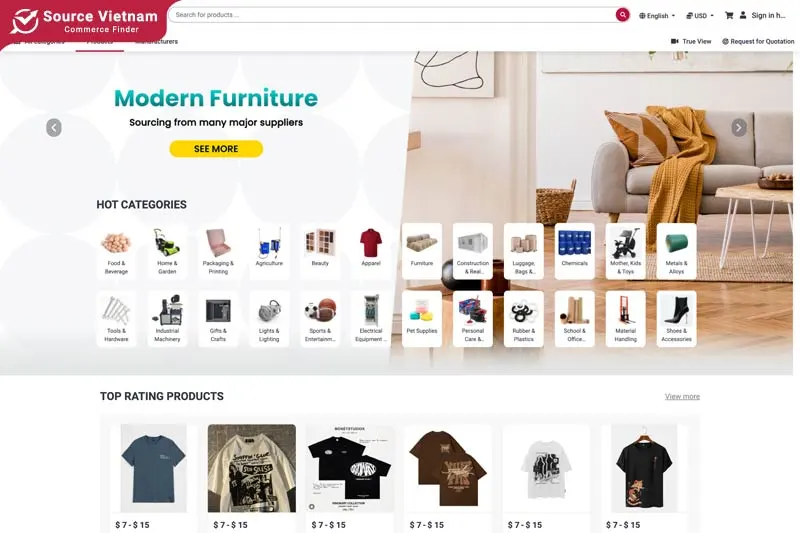
With a mission to connect Vietnamese manufacturers and retailers with the global market, Sourcevietnam is committed to providing high-quality fashion products produced responsibly and sustainably. Our platform contributes to waste reduction, promotes a circular economy, and protects the environment. Some of SourceVietnam’s key features include:
- Diverse product range: Offering a wide variety of clothing, footwear, and accessories, as well as traditional Vietnamese handicrafts, to cater to diverse international customer needs.
- Direct connection between manufacturers and consumers: Providing a transparent platform that enables buyers to access detailed product and production information. It facilitates direct communication and streamlined import processes.
- Easy payment and shipping: Supporting 168 currencies and 15 languages, simplifying transactions for both buyers and suppliers. Streamlined import and shipping processes.
Don’t miss out on valuable resources and expert support. Visit our website at Sourcevietnam.com today and explore how we can help you navigate the new EU regulations and thrive in the sustainable fashion industry.

